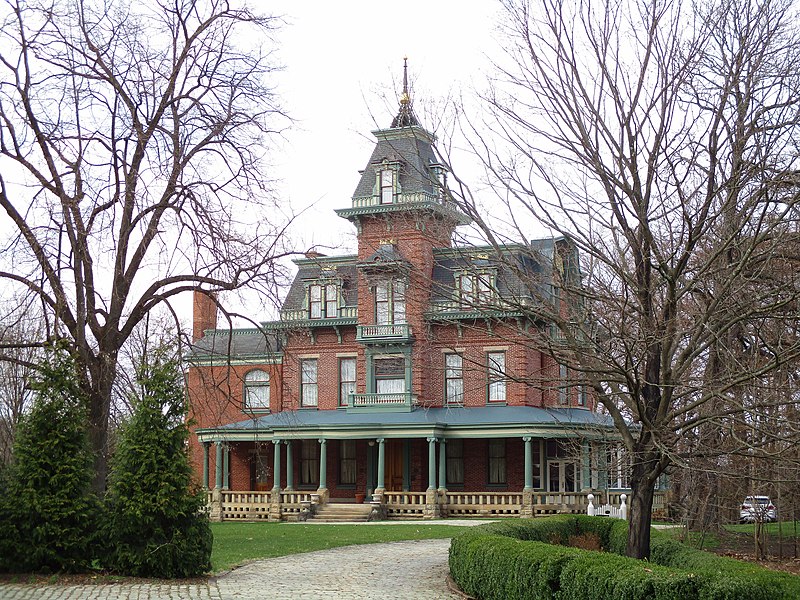
Arch Street, which is now included in the Mexican War Streets despite not bearing the name of a battle or a general, is a typical North Side combination of dense rowhouses, small apartment buildings, and backstreet stores. Here are just a few sights within one block of the street.

An exceptionally elaborate Queen Anne house whose owner has used bright but well-chosen colors to emphasize the wealth of detail on the front.

Two modest houses from before the Civil War; the brick house at left is dated 1842.

A small apartment building with a well-balanced classical front.


Some fine woodwork surrounds a front door.

The colorful dormer steals the show, but enlarge the picture to appreciate the terra-cotta grotesques on the cornice.

This little building looks as though it dates from the 1920s. Although it is quite different in style from its neighbors, it fits harmoniously by sharing the same setback and similar height.

A backstreet grocery that is currently functioning as a backstreet grocery—an unusual phenomenon in city neighborhoods these days. The apartment building above it has some interesting and attractive brickwork.

Comments
































































